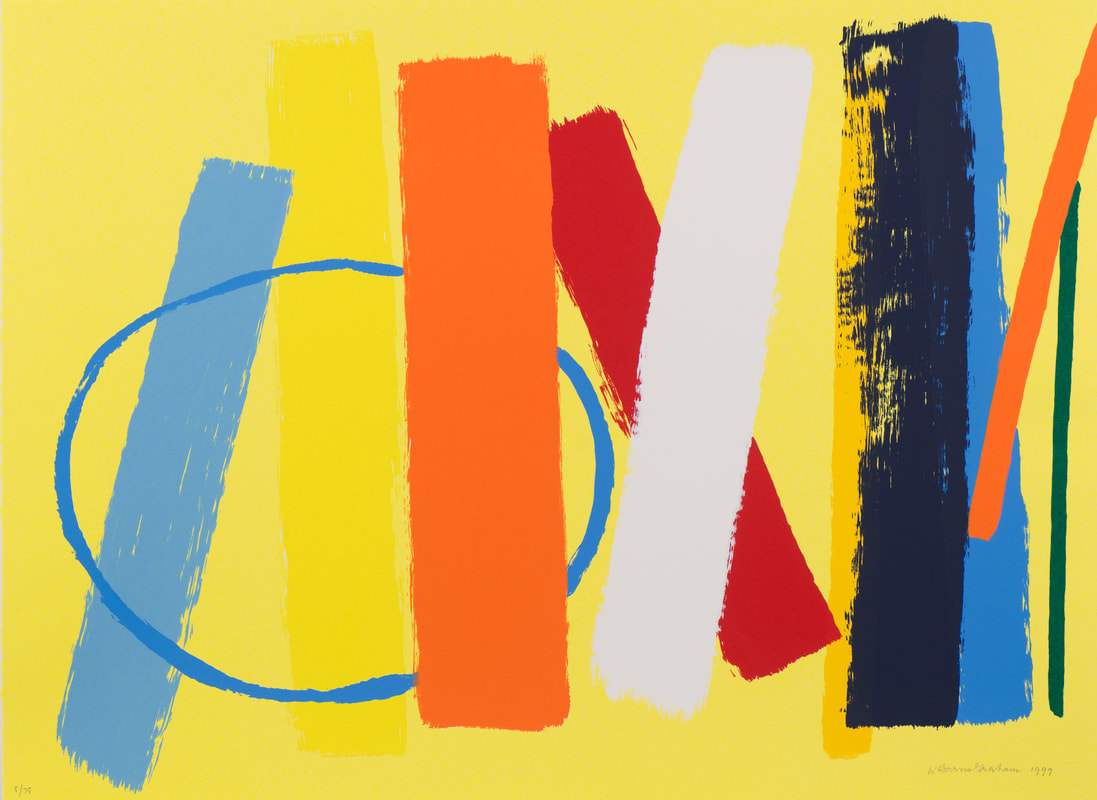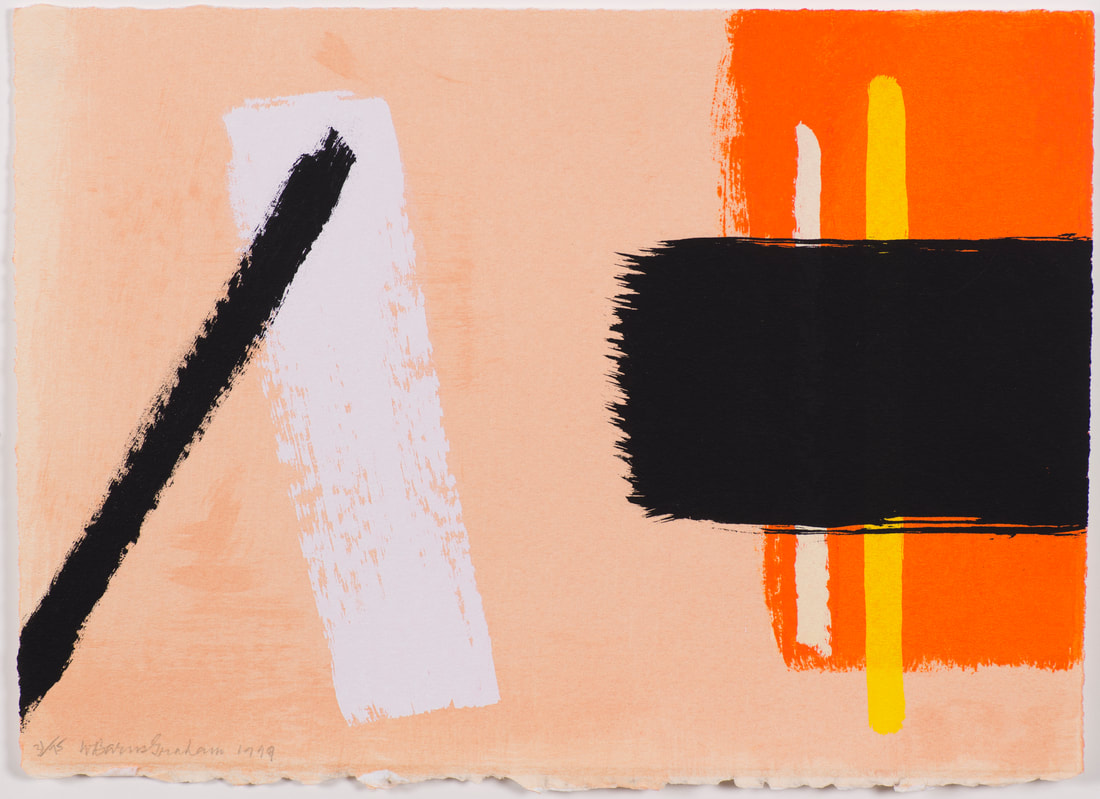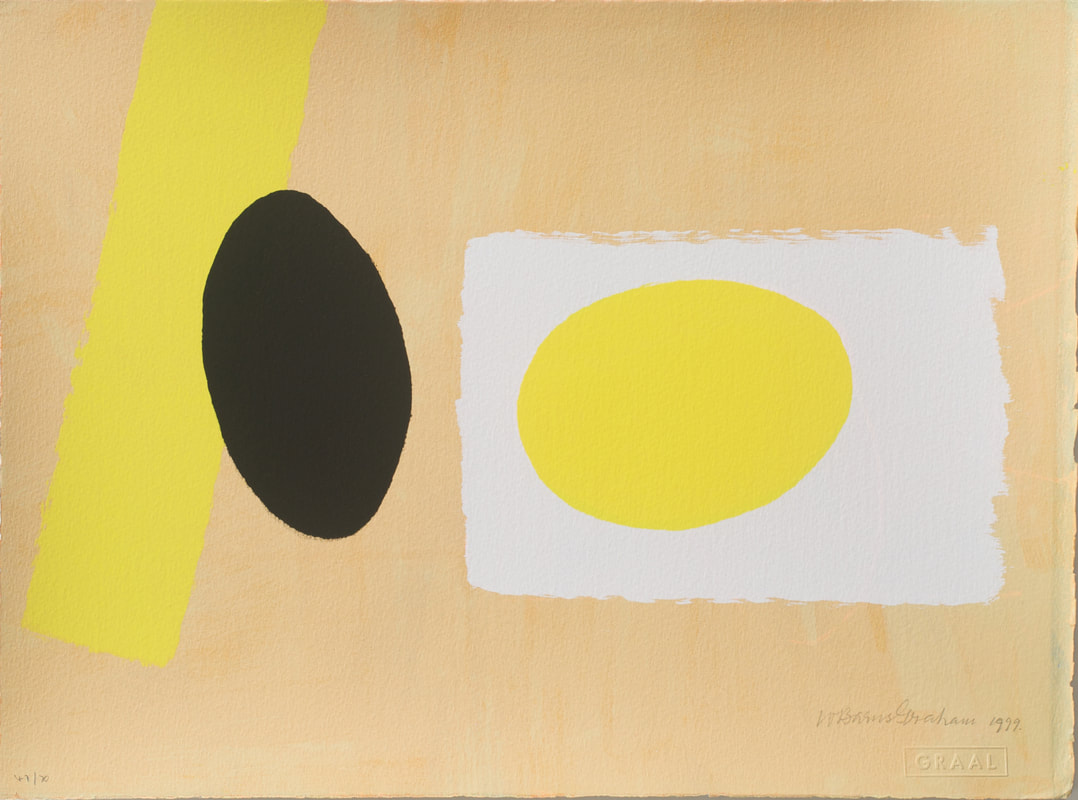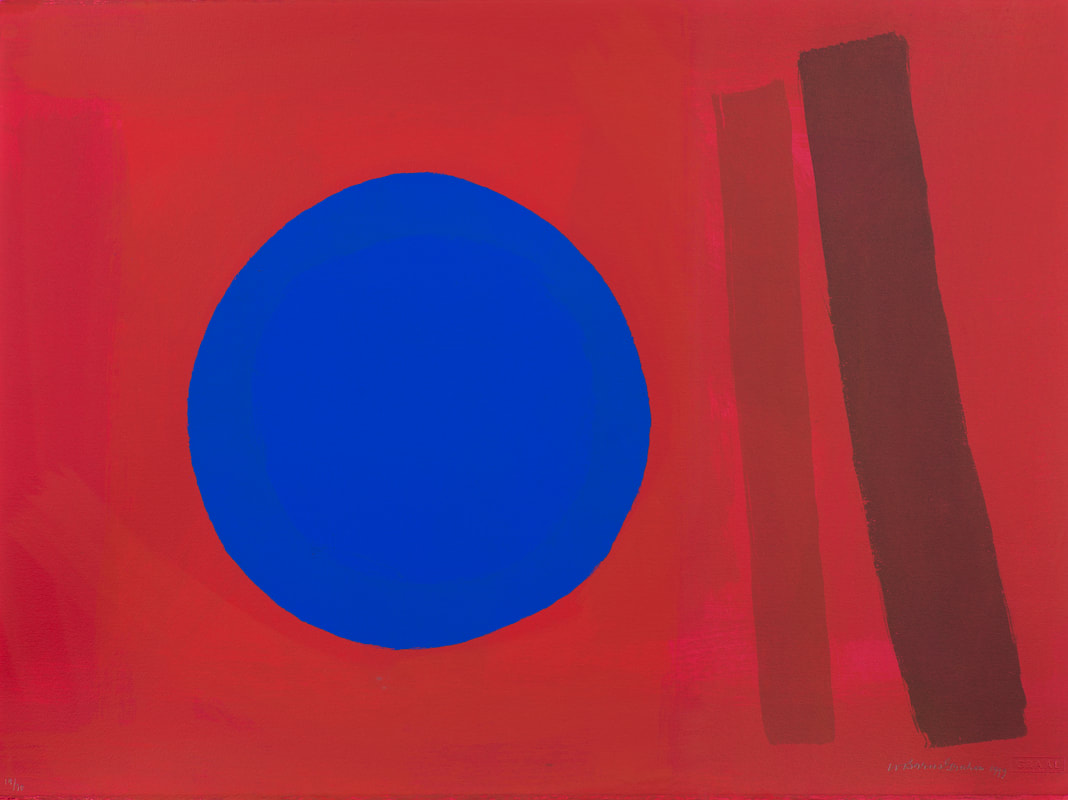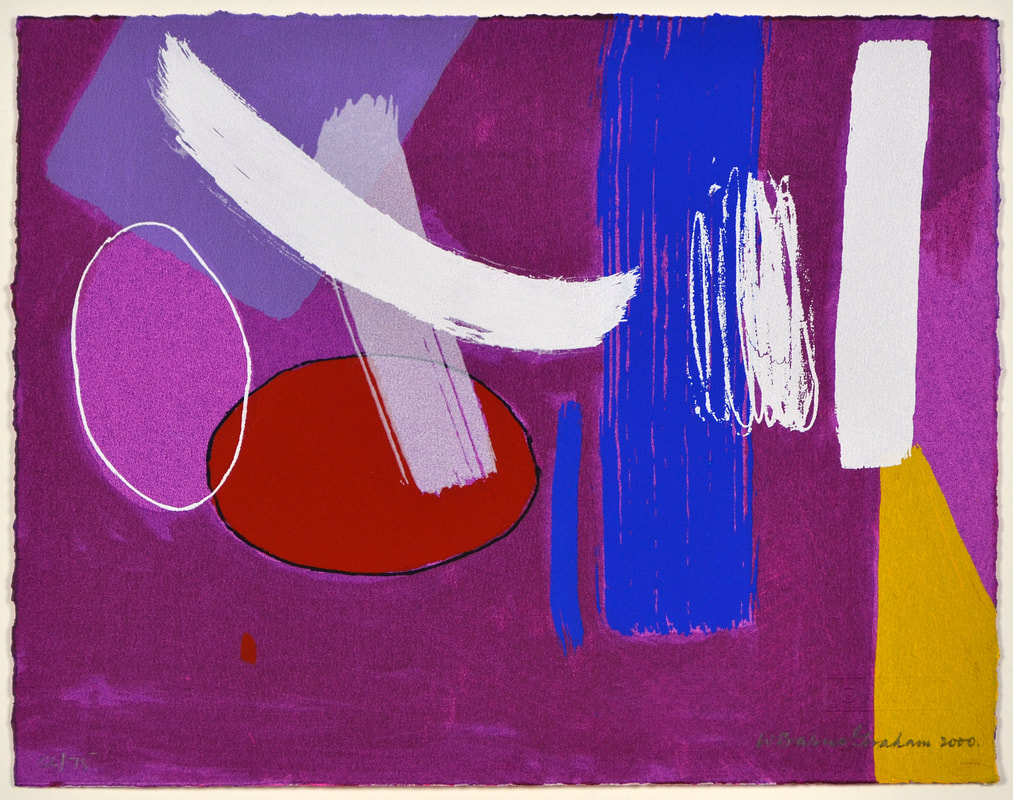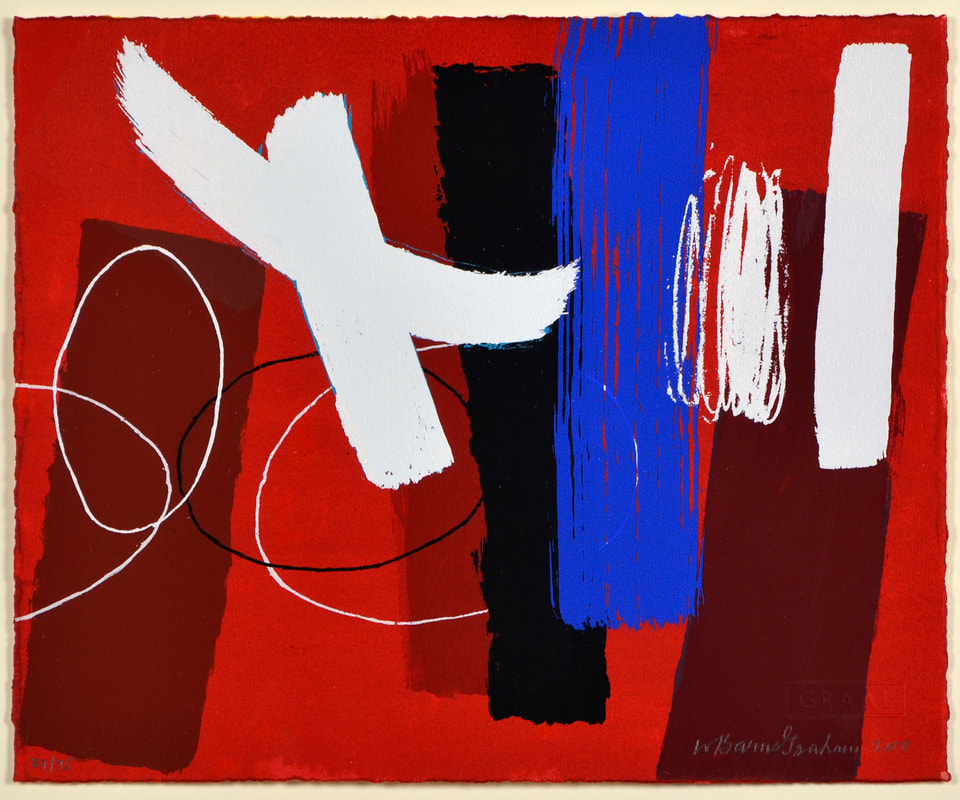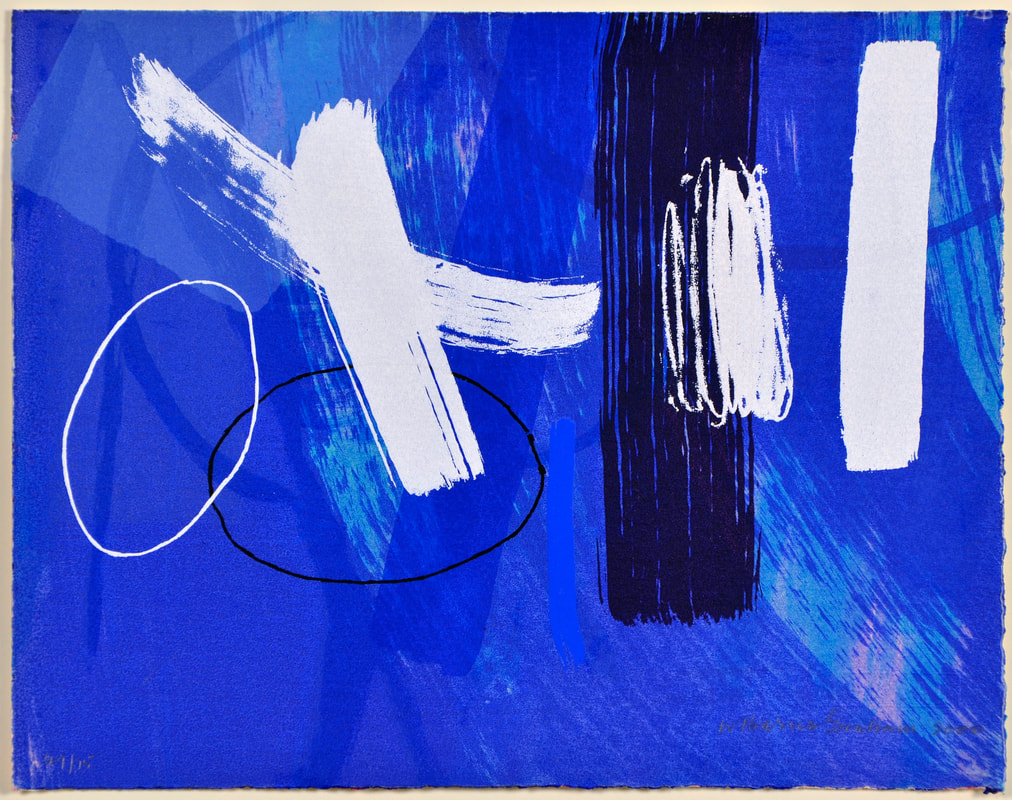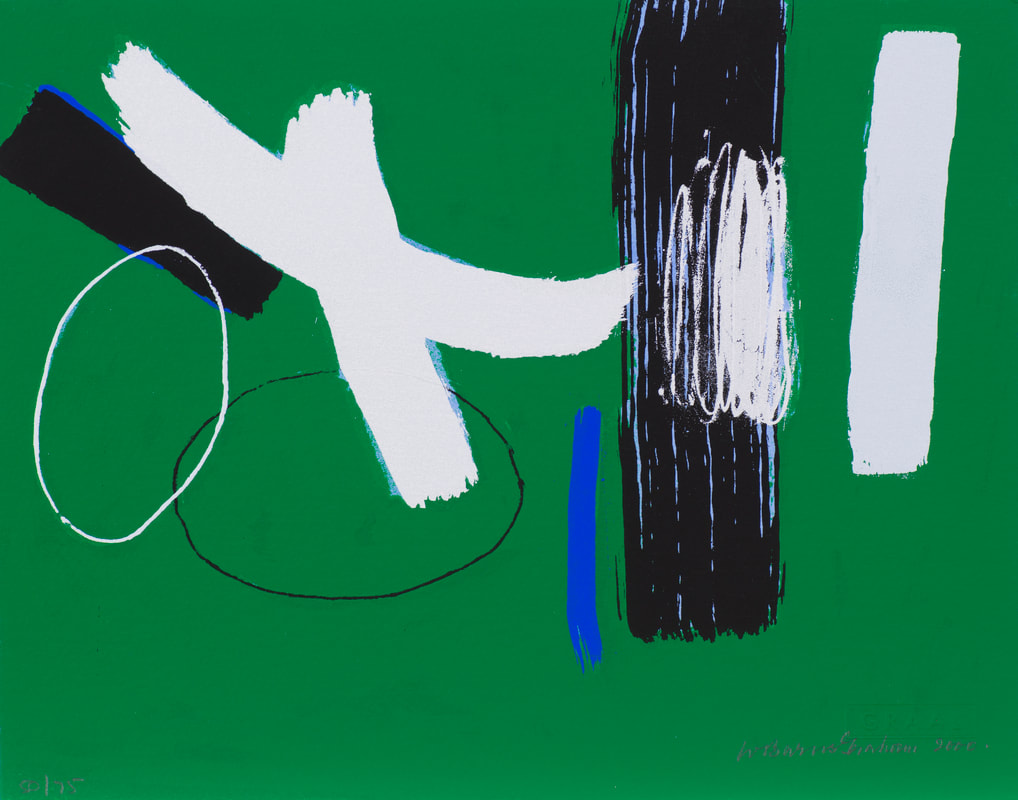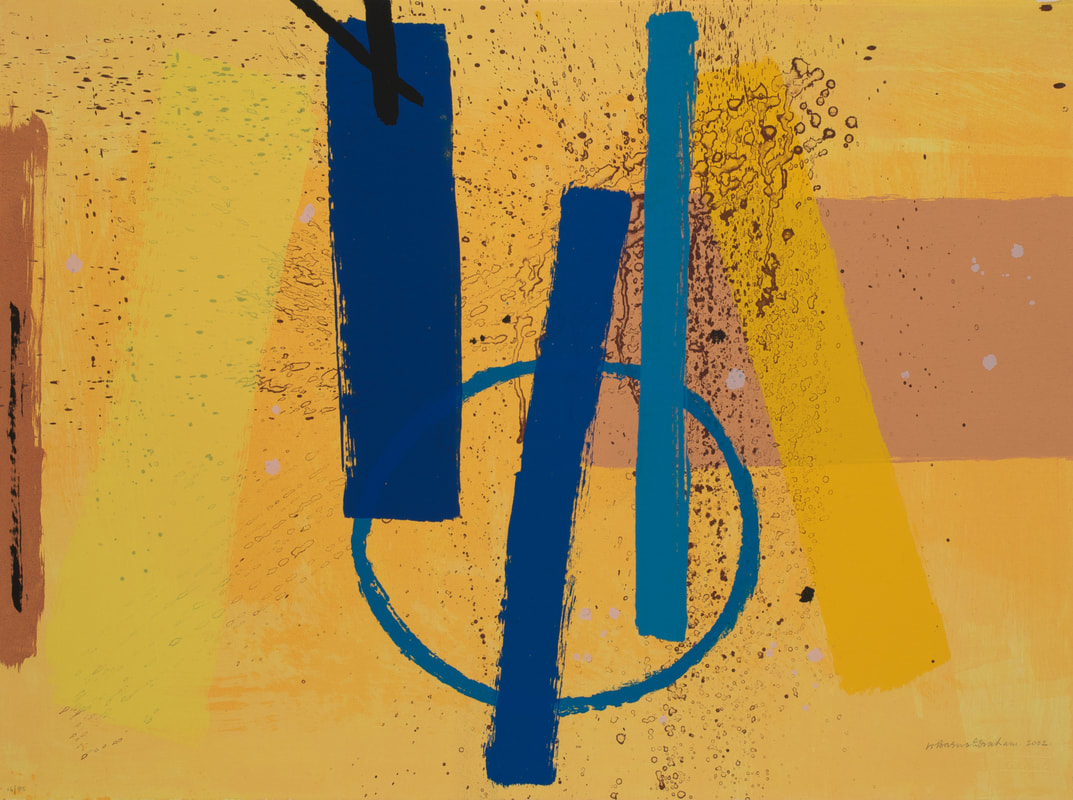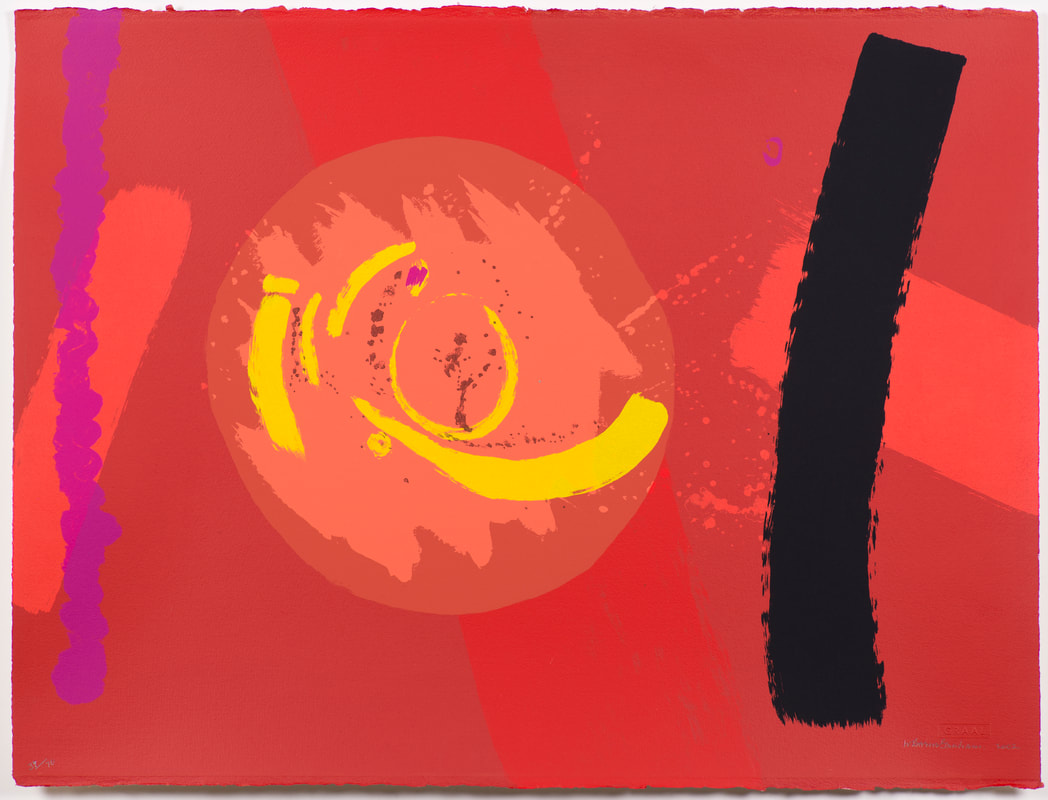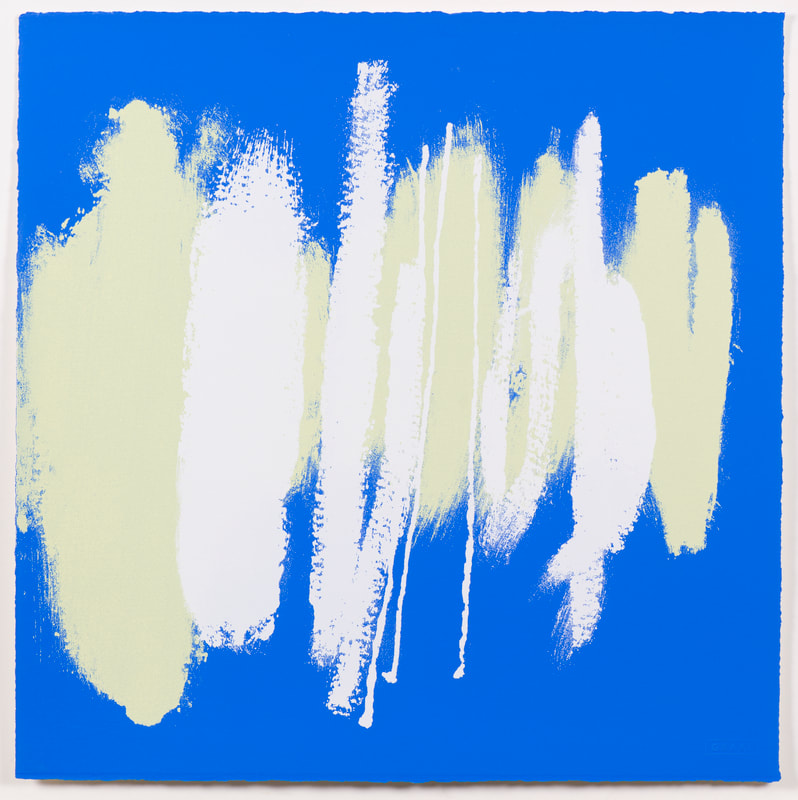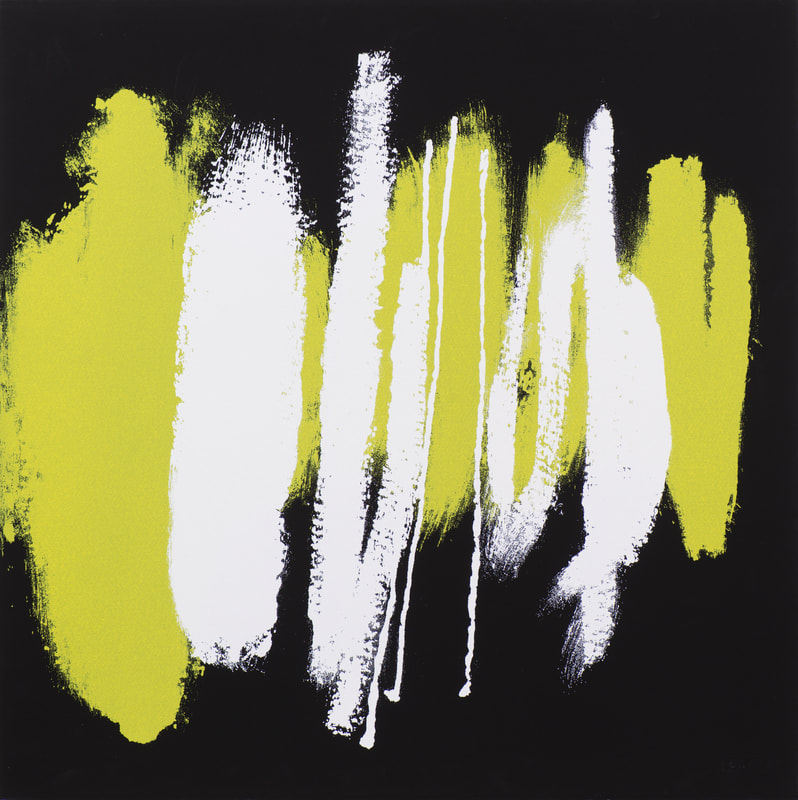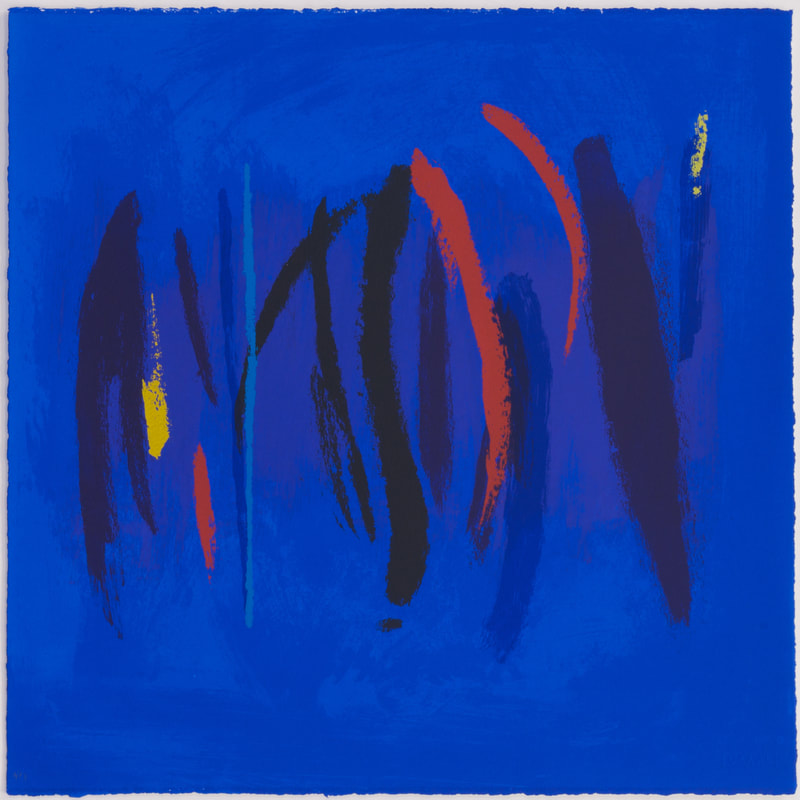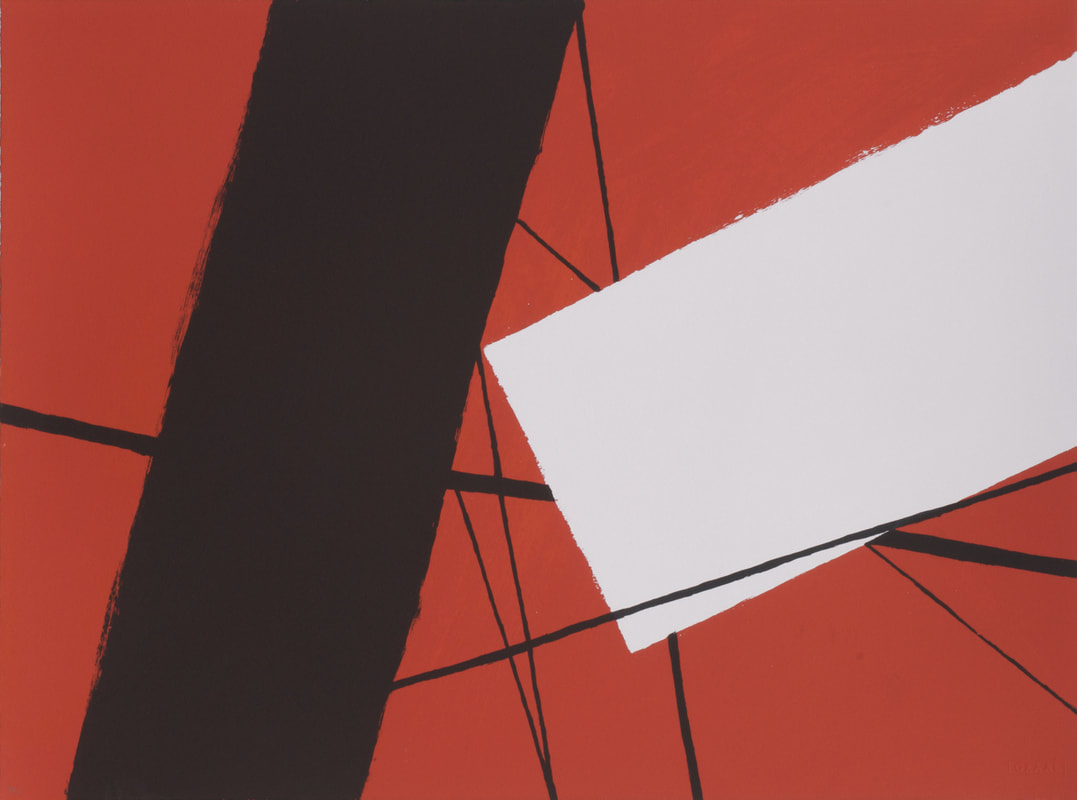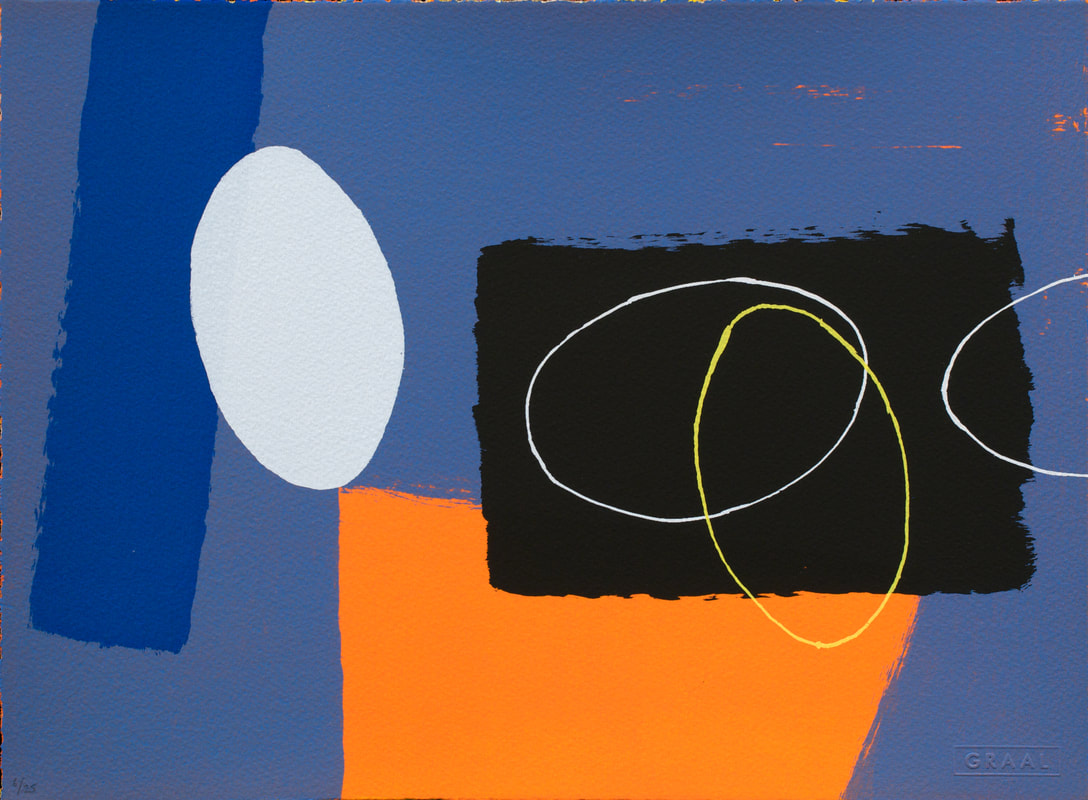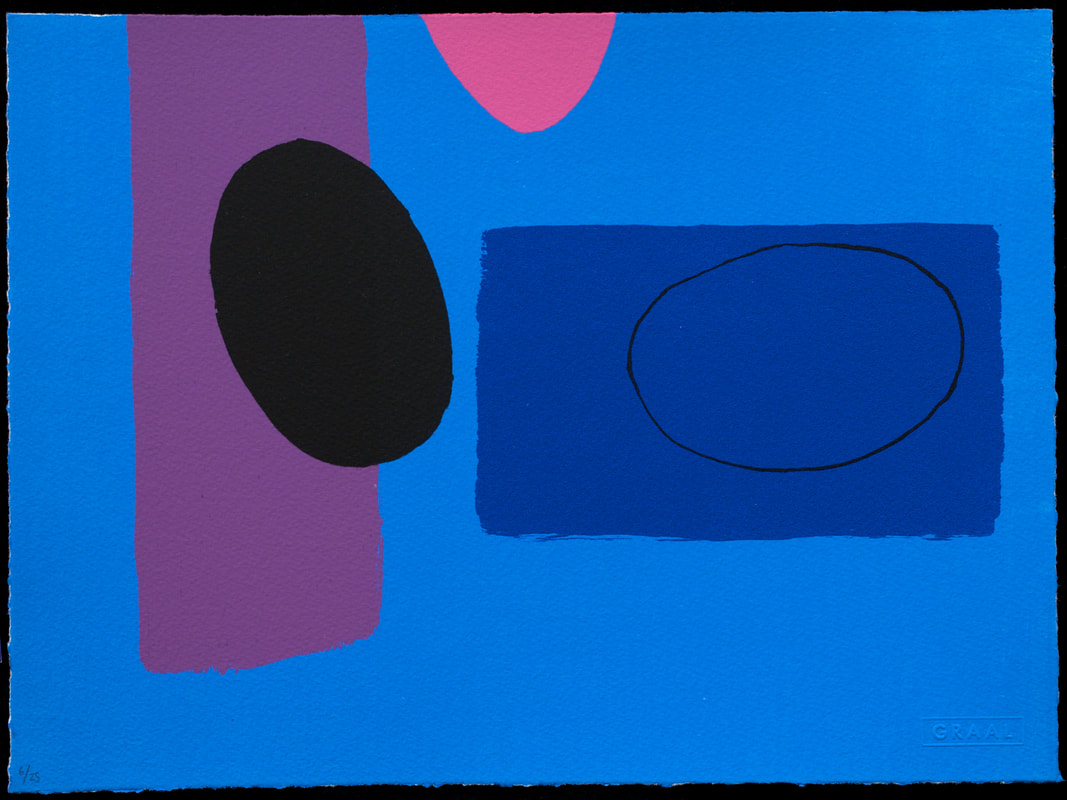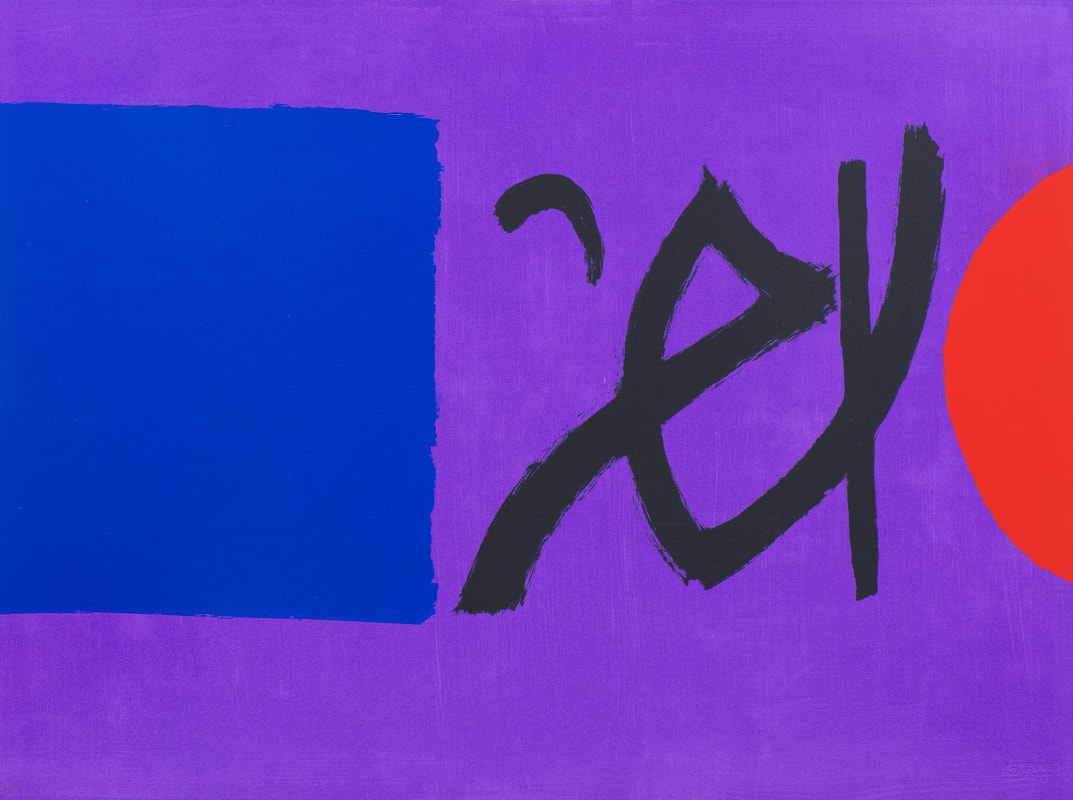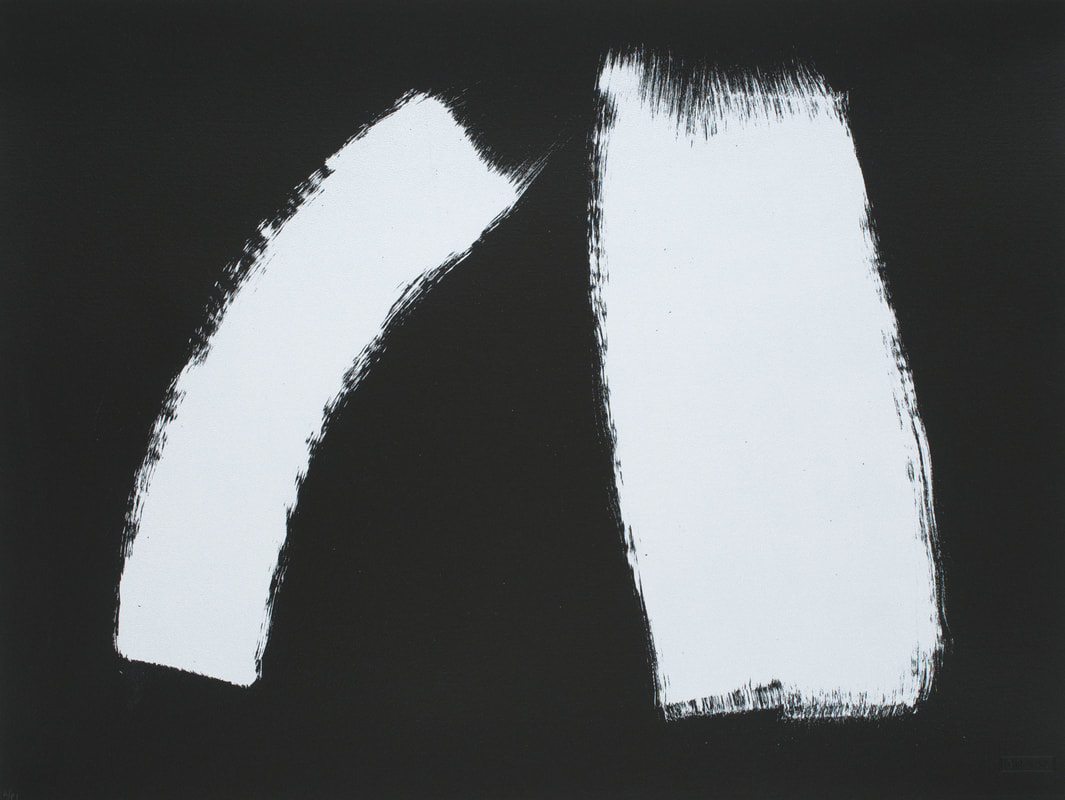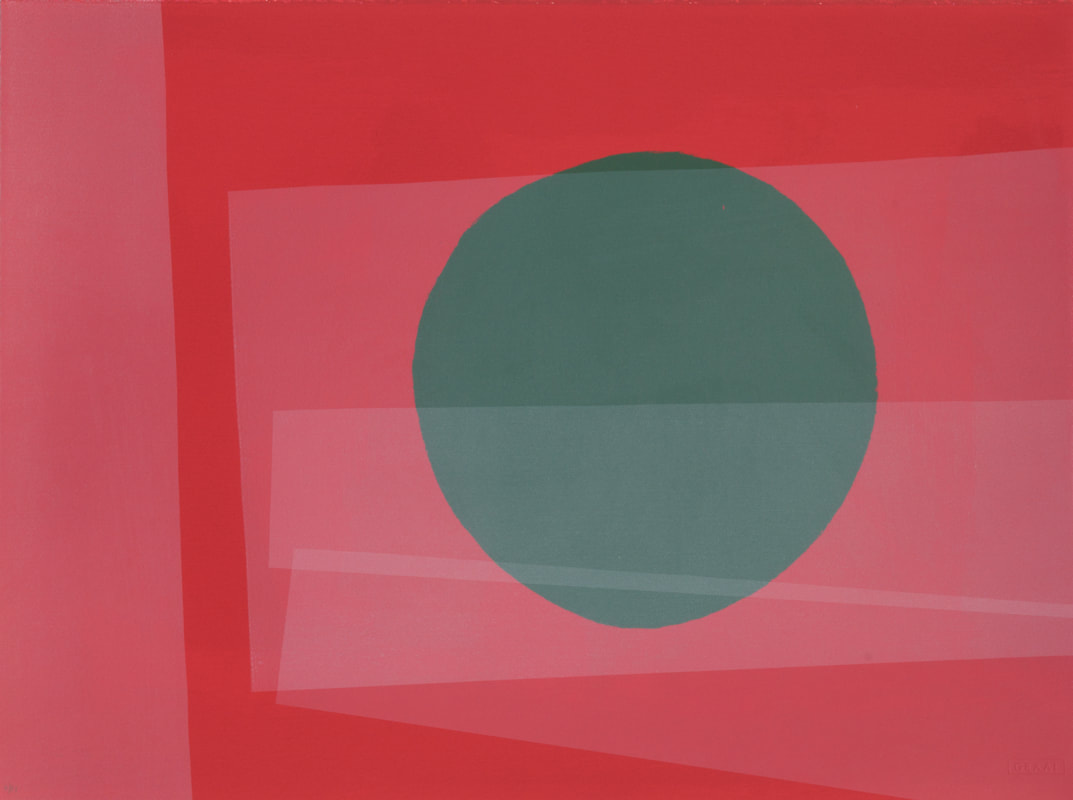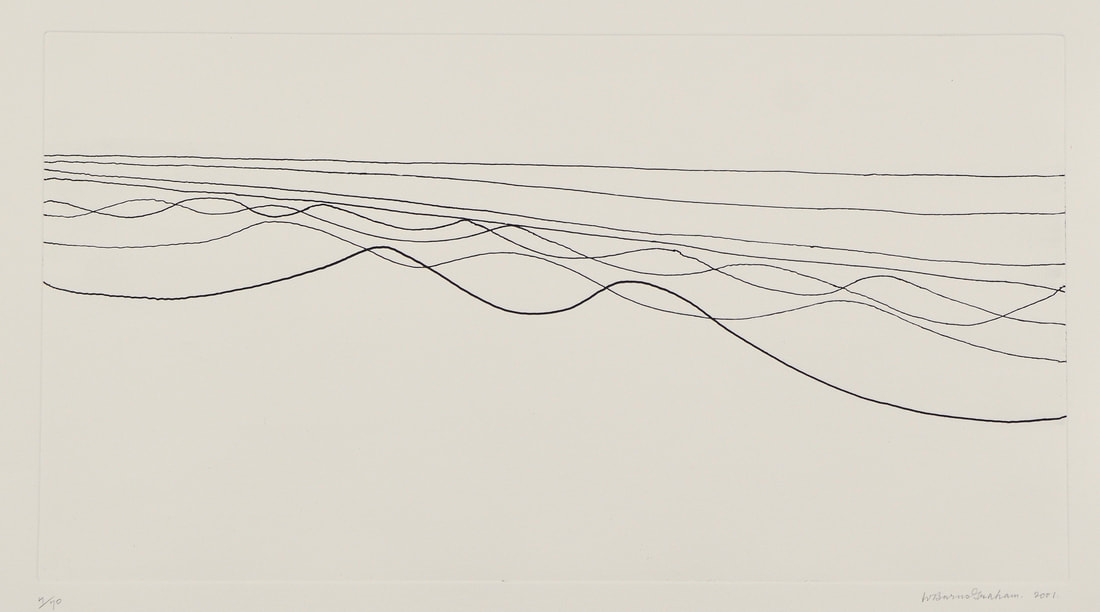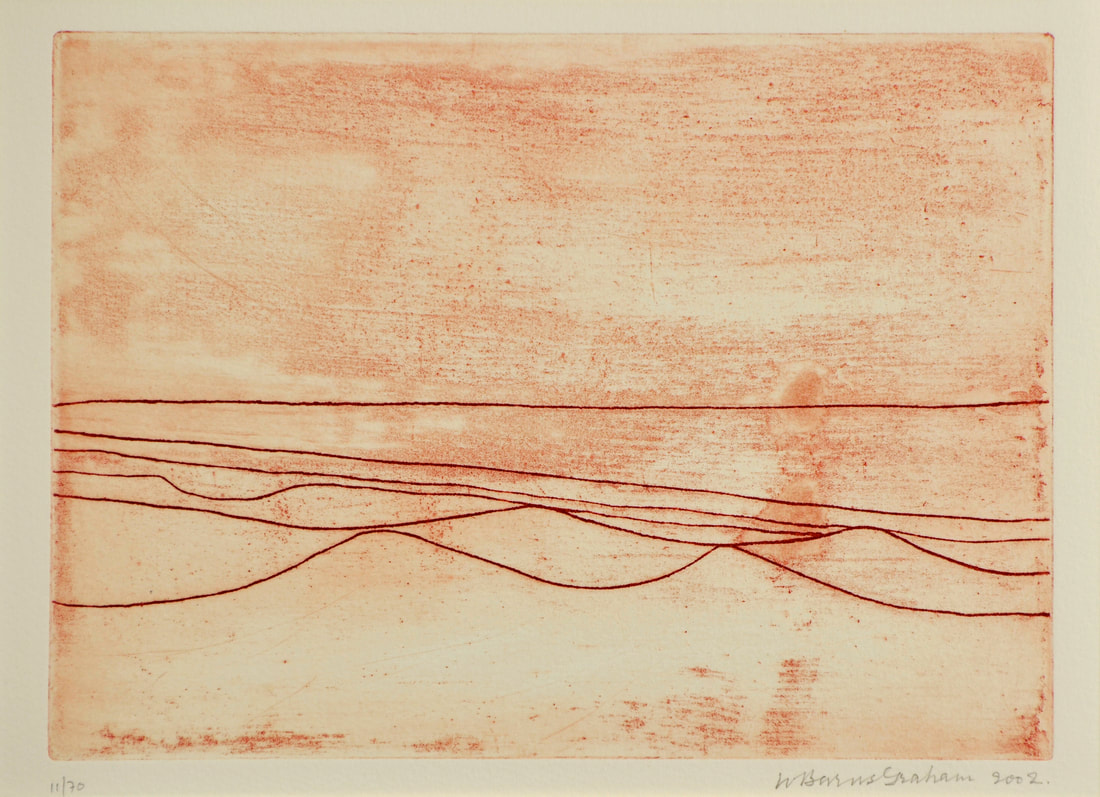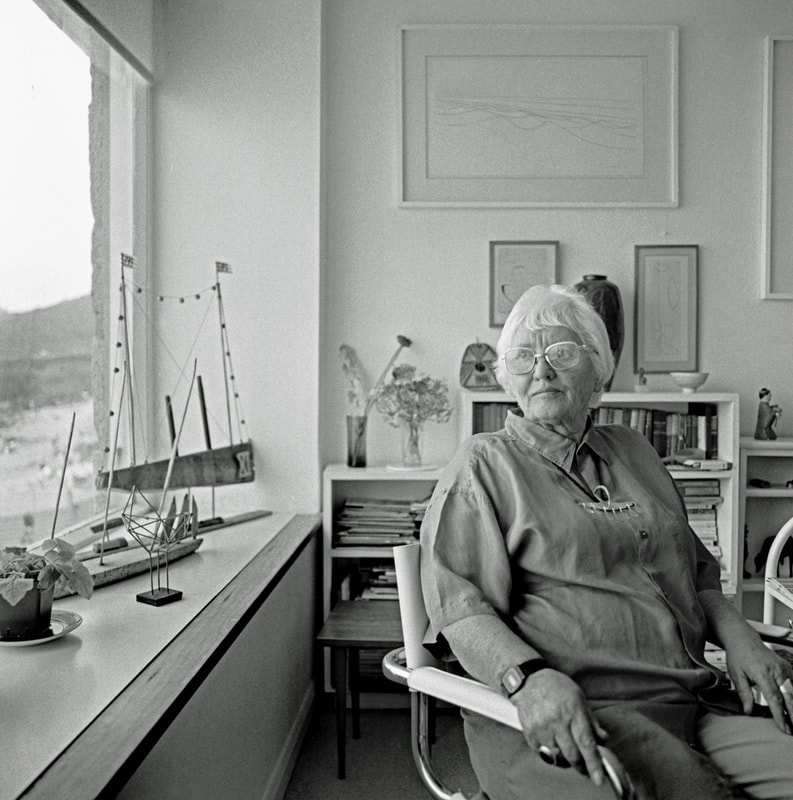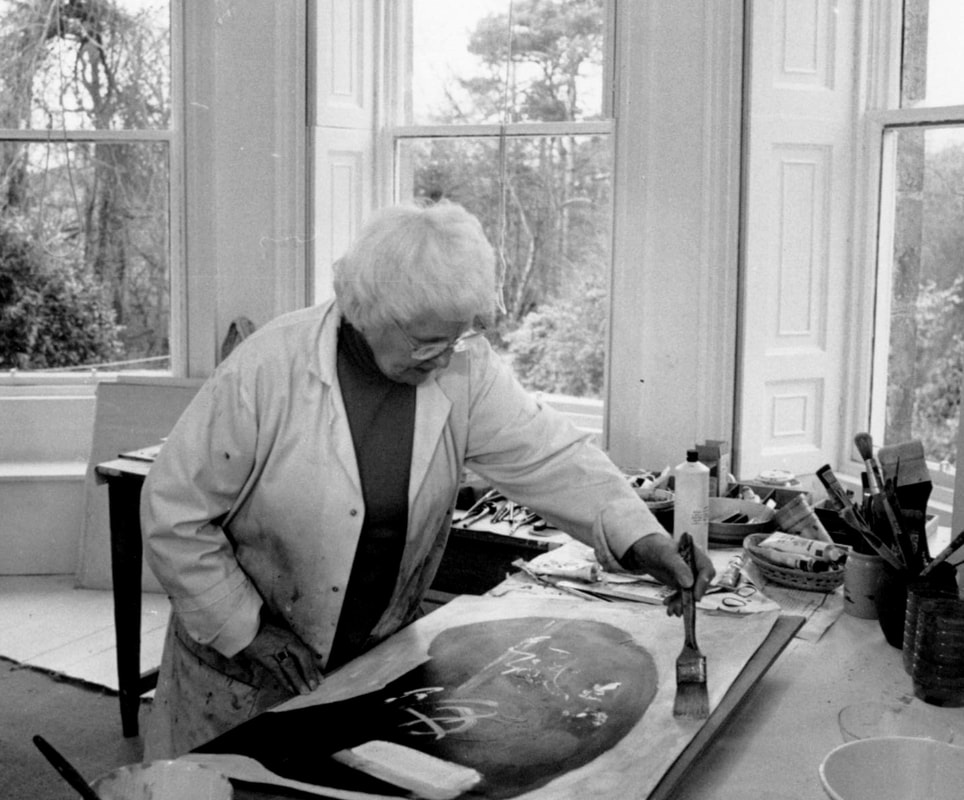Wilhelmina Barns-Graham CBE (1912 - 2004)
|
Wilhelmina Barns-Graham was one of Britain’s most significant 20th century artists.
Willie, as she liked to be called, was born just before the First World War in Fife, Scotland and despite less than halfhearted support from her parents took herself to art school in Edinburgh with the help of an aunt who believed in her ambition to become an artist. This aunt, Mary Neish, left Willie her Balmungo House and estate, just outside St Andrews, where Willie was to spend much of her time from 1960 onwards, moving between Fife and the artistic community in St Ives. Willie’s reputation is linked with her better known contemporaries Terry Frost, Patrick Heron, Barbara Hepworth, Roger Hilton, Ben Nicholson, Alfred Wallis, and later Sandra Blow. However, it took Willie sometime before she achieved full recognition. Despite being part of the St Ives School Willie was often on the outside and it was not until the late 1980s that her time for recognition arrived and in Willie’s own words she was able to “let rip”. In 1989 she had a solo retrospective exhibition at Edinburgh's City Art Centre and this was followed by two solo exhibitions at Tate St Ives. The works in our current exhibition are from this highly productive period. Our choice of title for this show, Dancing into the Light, refers to this confident unleashing of expression. Willie said her work was about expressing what she felt as well as what she saw. This work is packed full of movement, balance and colour. Willie had an unusual condition, synthaesthesia, which gave her an instinctive insight into colour through her emotions. In 1973 Willie met Rowan James who became her close friend, manager and assistant. She provided Willie with the encouragement and confidence to take her work to a new level. With Rowan’s help, Willie established the Barns- Graham Charitable Trust in 1987 to safeguard her reputation and help understanding of her work. As well as being a landscape abstract artist Willie was an accomplished draughtswoman. She was influenced amongst others by Paul Klee and produced some exceptional drawings and paintings in the decades between 1950 and 1980. Some writers have suggested that Willie’s reputation emerged more slowly than her peers because of this flexibility of style and diversity of output. Willie liked to experiment and could move effortlessly between the figurative and abstract space with the result that her work could not easily be categorised. We think this experimentation is a strength to be nurtured and Dancing into the Light is our acknowledgement of this strength of purpose. By the time Willie died in 2004 she felt she had fulfilled her ambitions. Following significant solo exhibitions she received a number of honorary doctorates from English and Scottish universities and a CBE in 2001. Through the Wilhelmina Barns-Graham Trust she also leaves a strong legacy to inspire contemporary artists. |

